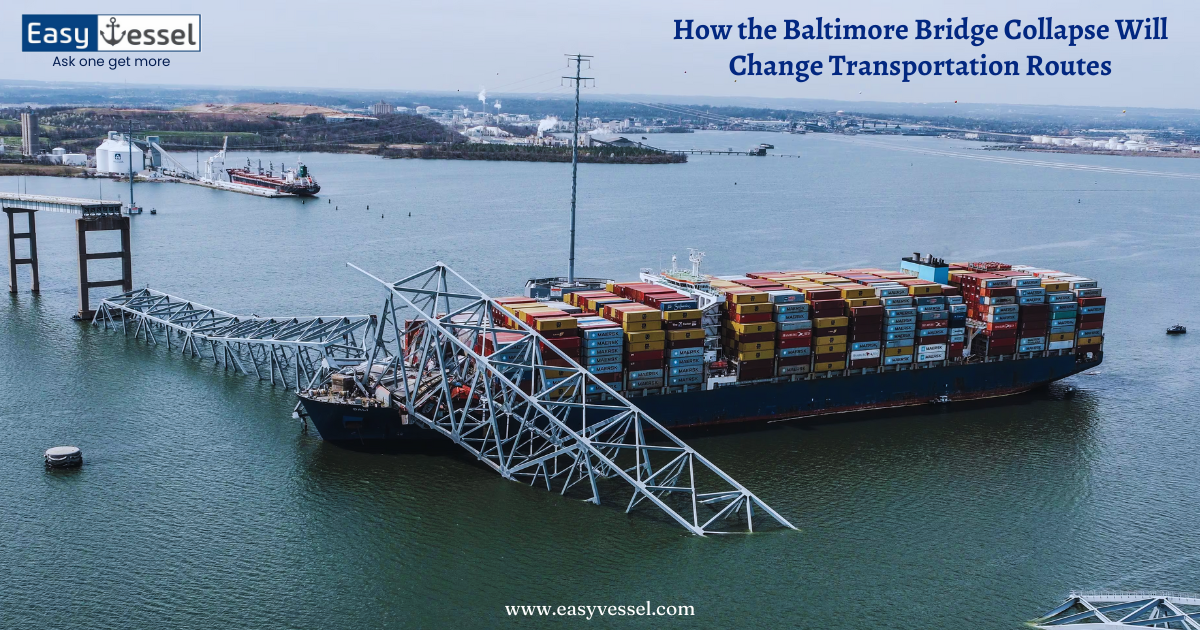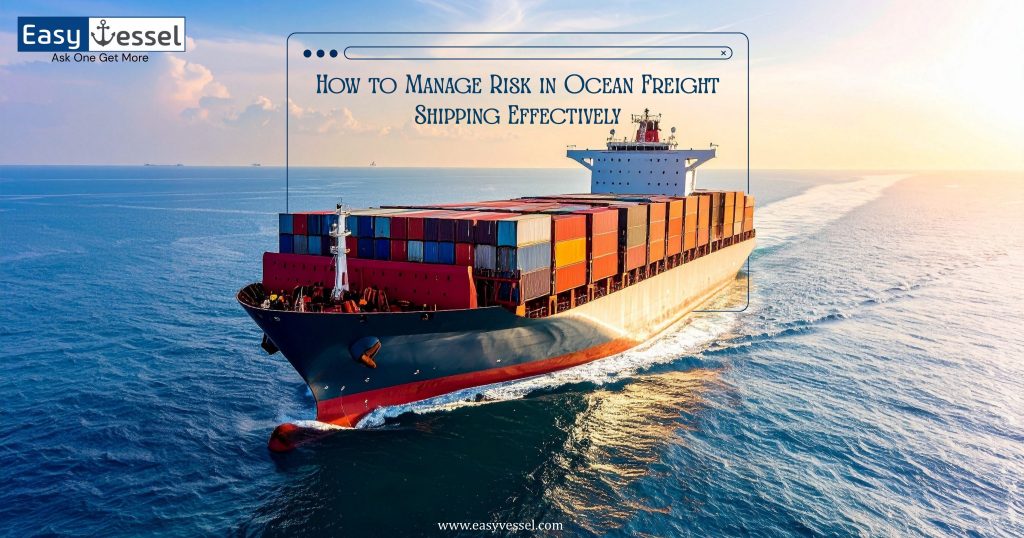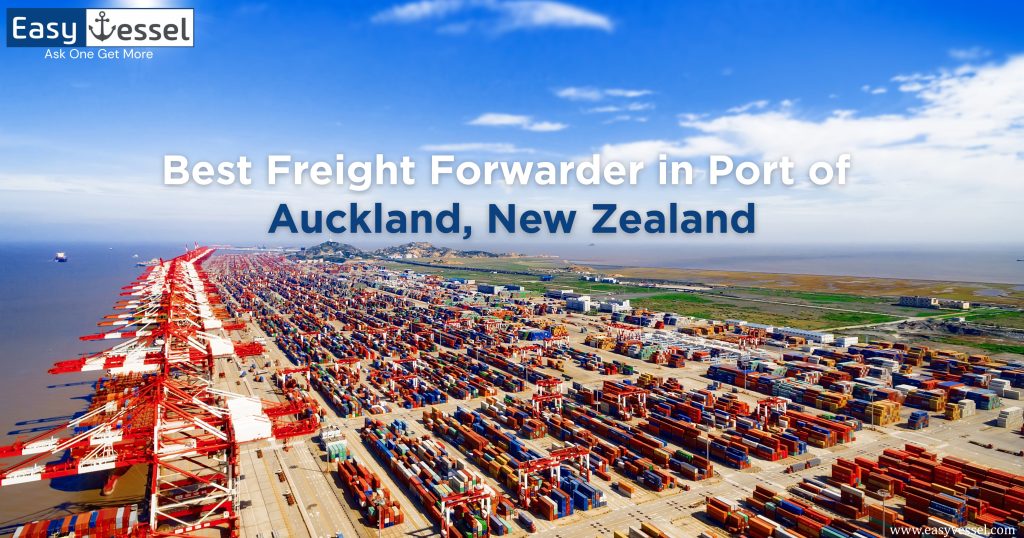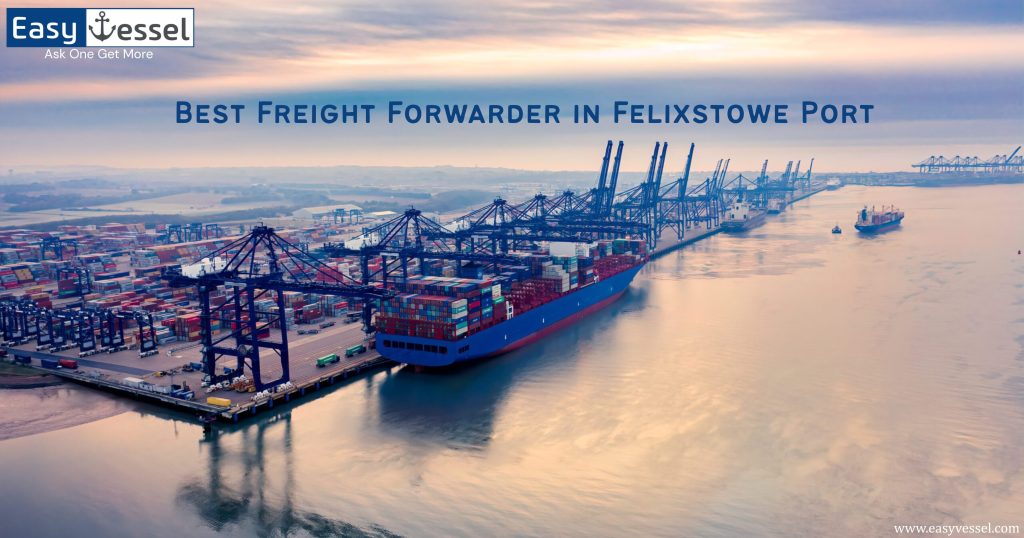- The city of Baltimore is reeling in the wake of a devastating baltimore bridge collapse on Tuesday, March 26th, 2024.
- A cargo ship named Dali struck the Francis Scott Key Bridge, a vital transportation artery, causing partial collapse.
- The ship departed from Baltimore’s Seagirt Marine Terminal at approximately 00:24 local time on Tuesday, bound for Colombo, Sri Lanka.
- According to MarineTraffic data, the ship initially maintained a straight southeast route along the Patapsco River.
- However, at around 01:25, it suddenly diverted from its course and began to slow down.
- Subsequently, all exterior lights on the ship went out, and smoke started emanating from the ship’s funnel.
- Shortly afterward, it collided with the bridge.
- Early Tuesday at 1:27 am (ET), the Dali container ship crashed into a concrete column supporting the Francis Scott Key Bridge in Baltimore Harbor.
- The vessel, measuring 985 feet (300 meters) long, collided with a support of the 1.6-mile (2.6-kilometer) bridge.
- Causing a section of the span to break and plunge into the water within seconds.
- Unfortunately, six construction workers who were repairing potholes on the bridge are presumed to have lost their lives.
- Rescuers saved two workers, recovered two bodies the next day, and are still searching for four individuals presumed deceased.
- The incident caused a major US port to close, sparking concerns about disruptions to global supply chains.
- Experts believe several factors, like low-quality fuel causing a power failure and the bridge being designed for smaller ships, might have contributed to the collapse.
- This catastrophic event not only raises concerns about bridge maintenance but also sheds light on the details surrounding the ship accident that led to this disaster.
- Synergy confirmed that all crew members, who are Indian nationals, and the two pilots.
- Both US citizens from Baltimore, were safe, with no reports of injuries.
- A shipping expert told the BBC that the crash was unusual despite possible explanations like engine failure, steering failure, or generator blackout.
- Two pilots were present during the incident.
- This is not the first incident involving the Dali; in 2016, while attempting to leave the Belgian port of Antwerp.
- The ship scraped its stern along the quay, damaging the hull.
- There were no reports of injuries or spillages.
- The Maritime and Port Authority of Singapore (MPAS) reported that Singapore flagged The Dali in October 2016.
- Certificates covering the structural integrity of the vessel and the functionality of its equipment were valid at the time of the incident, as confirmed by the MPAS.
- The vessel underwent and passed two separate foreign port state inspections in June and September 2023.
- In the June 2023 inspection, a faulty monitor gauge for fuel pressure was rectified before the vessel departed the port.
What Happened?
- The cause of the incident appears to be a power failure aboard the Singapore-flagged container ship, the Dali.
- The powerless vessel rammed into a bridge support, triggering a section of the bridge to crumble into the Patapsco River below.
- Thankfully, a last-minute distress call from the Dali allowed authorities to halt traffic on the bridge, preventing further casualties.
Search and Recovery Efforts
- The immediate aftermath focused on rescuing survivors and locating the missing.
- Two individuals were pulled from the water, but tragically, six construction workers who were on the bridge at the time are presumed dead.
- Search efforts have transitioned to a recovery operation due to the hazardous conditions.
Why Power Loss:
- Video footage from the incident shows the Dali losing power just before the collision.
- A power outage may have caused the ship’s crew to lose control of its steering, making it impossible to guide its path.
- Investigators are currently examining whether dirty fuel played a part in the power failure experienced by the Dali ship.
- Contaminated fuel can cause issues with a vessel’s engines and power generation systems, leading to malfunctions and loss of control.
- Reports indicate that the ship’s engines experienced difficulties, with one engine even ceasing to function entirely.
- The presence of a strong smell of burned fuel in the engine room further suggests potential fuel-related issues.
Francis Scott Key Bridge:
- The Baltimore Bridge, commonly referred to as the Key Bridge, was initiated in 1977 as a tribute to Francis Scott Key.
- A renowned Maryland poet of the 19th century credited with penning the lyrics to the US national anthem, the Star-Spangled Banner.
- This bridge, stretching 1.6 miles (2.6 km), traverses the Patapsco River and Baltimore Harbor, providing a crucial link across these waterways.
- The Patapsco River empties into the Chesapeake Bay, the largest estuary in the United States.
- The Key Bridge boasted a main span of 1,200 feet (366 meters), ranking as the world’s third-longest continuous truss bridge.
What will be the impact of the bridge’s collapse?
- The collapse of the Key Bridge will lead to significant disruptions in road traffic and shipping activities in the port of Baltimore.
- The bridge, part of Interstate 695 known as the “Baltimore Beltway,” carried around 11.5 million vehicles annually.
- While alternative routes exist, such as tunnels closer to the city, there’s anticipation of major traffic problems.
- Especially for trucks carrying hazardous materials, authorities prohibit the use of the tunnel route.
- Transportation Secretary Pete Buttigieg highlighted the uncertainty of the port’s closure timeline but stressed the inevitable and prolonged impact on supply chains.
- Container shipping expert Lars Jansen labeled the event a “major disaster,” forecasting significant challenges for US importers and exporters along the East Coast.
- Many merchant vessels are now trapped in the port, exacerbating the situation.
- Despite efforts to divert cargo to other ports, around 800,000 vehicles and 1.3 million tons of imported cargo passed through the port in 2023.
- About 4,000 commercial trucks a day used the bridge, and detours are expected to increase delivery times and fuel costs
- However, Jansen believes the incident’s global impact will be relatively minor, despite inevitable delays and added costs.
- The Port of Baltimore, America’s largest vehicle handling port, boasts the deepest harbor in Maryland’s Chesapeake Bay.
- Situated closer to the Midwest than other East Coast ports, it offers convenient access to one-third of the nation’s population within an overnight drive.
- Between $100 million and $200 million worth of cargo flows through the port daily. However, a halt in operations could lead to unemployment for many longshore workers, cautioned Buttigieg.
Conclusion:
The collapse of the Francis Scott Key Bridge in Baltimore, triggered by a cargo ship collision, has led to major disruptions in road traffic and shipping activities.
Easyvessel is the best online platform to connect importers and exporters with multiple freight forwarders to get the best and most competitive freight rates worldwide.
References:
Frequently Asked Questions
The Dali container ship is owned by the Greek shipowner Oceanbulk and is operated by the Synergy Group.
The Dali ship can carry around 10,000 standard-sized metal shipping containers. At the time of the accident, it was carrying nearly 4,700 containers.
The ship hit the Key Bridge due to a power failure aboard the vessel, which resulted in the ship losing control and colliding with the bridge support.
The Baltimore bridge collapsed after a cargo ship, the Dali, struck one of its concrete support columns. This collision caused a section of the bridge to crumble and fall into the Patapsco River below.
The collapse of a Baltimore bridge, resulting from a container ship collision on Tuesday, could lead to several weeks of delays, reroutes, and increased costs for the shipping industry.



